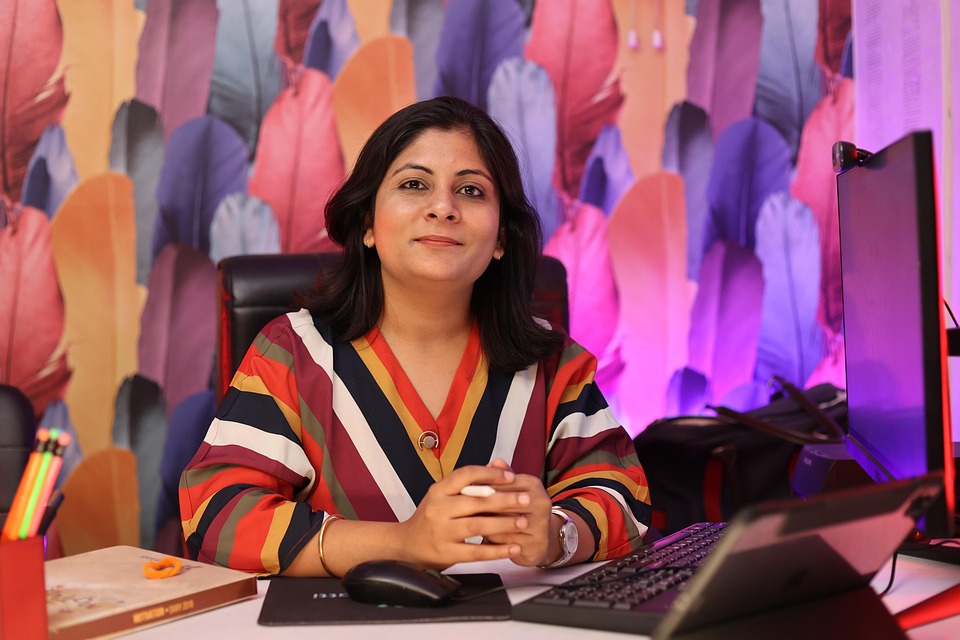Essential Skills and Responsibilities for Game Designers: A Shortage Occupation with Promising Career Prospects
In the ever-evolving realm of digital entertainment, game design stands out as a particularly enticing profession. As the industry burgeons, so too does the demand for skilled game designers. Yet, what exactly does it take to thrive in this dynamic field? An exploration of essential skills and responsibilities sheds light on this fascinating career path.
1. Creativity and Imagination
At the heart of game design lies an unquenchable thirst for creativity. Designers must conjure immersive worlds and engaging narratives that captivate players. This involves not only visual creativity—think breathtaking landscapes and character designs—but also the ability to spin compelling stories. As noted by renowned game designer Brenda Romero, "Games are not about what you see; they are about what you feel." Thus, understanding the emotional arc of a game is paramount.
2. Technical Proficiency
While creativity is vital, technical skills cannot be overlooked. Proficiency in programming languages such as C++ or Unity is often a prerequisite. Designers are expected to collaborate closely with developers; hence, a sound grasp of how design translates into code is indispensable. Moreover, familiarity with graphic design software—like Adobe Creative Suite—enhances a designer’s ability to bring their visions to life. In a world where technology changes at breakneck speed, continuous learning and adaptation are crucial.
3. Problem-Solving Skills
Game design is rife with challenges. From balancing game mechanics to troubleshooting bugs, a designer must be adept at navigating obstacles. A keen analytical mind is needed to assess player feedback and iterate on designs. As veteran designer Sid Meier aptly stated, "A game is a series of interesting choices." The ability to craft these choices while ensuring a seamless player experience is a hallmark of a skilled designer.
4. Collaboration and Communication
The game development process is rarely a solo endeavour. Collaboration is key, involving artists, sound designers, and marketers. Effective communication ensures that everyone is aligned with the vision and goals of the game. Designers often find themselves bridging the gap between various disciplines, translating technical jargon into relatable concepts for non-technical team members. As the adage goes, "It takes a village to raise a game."
5. Understanding of Market Trends
Staying attuned to industry trends and player preferences is essential for any game designer. The landscape is continually shifting, with new technologies and platforms emerging. For instance, the rise of virtual reality has opened new avenues for creativity but also presents unique challenges. Designers must be proactive, researching market demands and understanding player demographics to create games that resonate with their target audience.
Navigating a Promising Future
The demand for game designers is projected to grow, particularly in the UK, where the gaming industry is flourishing. The government has recognised the potential for growth in this sector, leading to initiatives aimed at fostering talent. As such, aspiring designers who hone their skills and embrace the multifaceted nature of this profession will find a wealth of opportunities awaiting them.
This exciting career is not without its challenges, but for those willing to invest in their craft, the rewards can be substantial. As you embark on this journey, remember that Visajob.co.uk is here to support you in securing a position in the UK, particularly for roles that require sponsorship. Whether you’re a budding designer or seeking to advance your career, the future looks bright in this vibrant industry.




